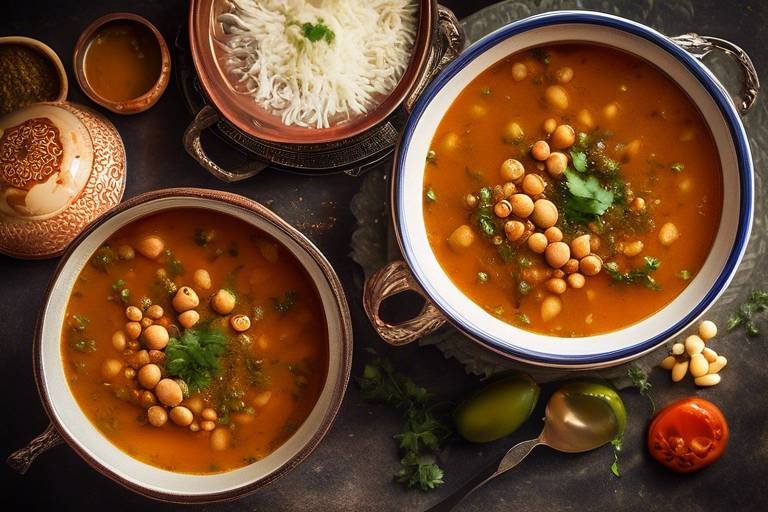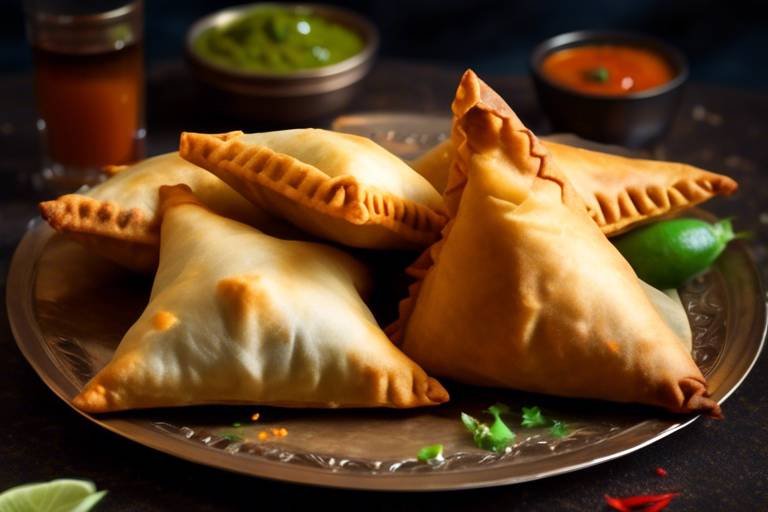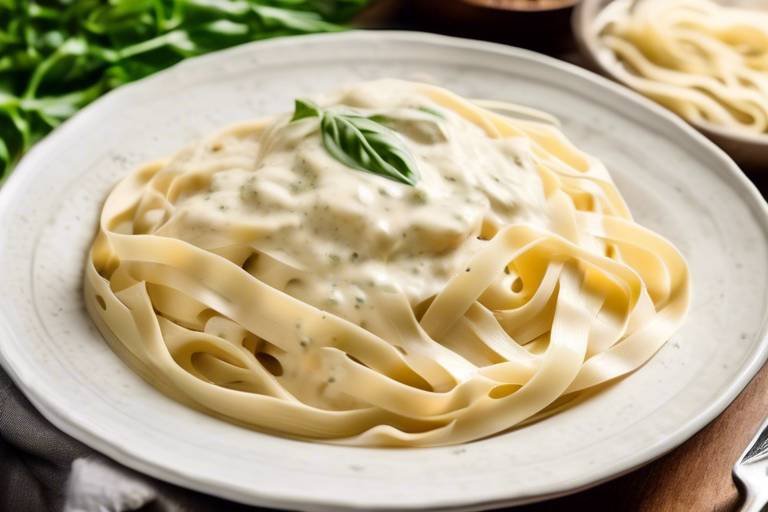The Ultimate Guide to Moroccan Harira Soup
Are you ready to embark on a culinary journey to discover the secrets of Moroccan cuisine? Look no further than the tantalizing and aromatic Moroccan Harira soup. This hearty dish, deeply rooted in Moroccan tradition, is a beloved staple that graces tables during both festive celebrations and everyday meals. Let's delve into the ultimate guide to Moroccan Harira soup, where history, ingredients, preparation methods, and cultural significance intertwine to create a truly immersive experience.

History of Harira Soup
Discover the rich history, traditional ingredients, and step-by-step instructions for making the flavorful and hearty Moroccan Harira soup, a staple dish in Moroccan cuisine.
Harira soup holds a significant place in Moroccan culinary heritage, tracing its roots back centuries to the Berber tribes of North Africa. Originally a hearty and nourishing soup consumed by nomadic tribes, Harira has evolved into a symbol of Moroccan identity and tradition. Over time, it has become a cherished dish enjoyed during festive celebrations, family gatherings, and daily meals.
The soup's name "Harira" is believed to have been derived from the Arabic word "harar," meaning silk, reflecting the smooth and velvety texture of the soup. As Morocco's national soup, Harira embodies the country's diverse cultural influences, blending Arab, Berber, and Andalusian culinary traditions into a harmonious and flavorful dish.
Throughout history, Harira soup has been a culinary cornerstone in Moroccan households, symbolizing warmth, hospitality, and togetherness. Its preparation and consumption are deeply intertwined with Moroccan customs and values, making it a beloved and integral part of the country's gastronomic landscape.
As Morocco's culinary tapestry continues to evolve, Harira soup remains a timeless classic that transcends generations, preserving the essence of Moroccan culture in every spoonful.
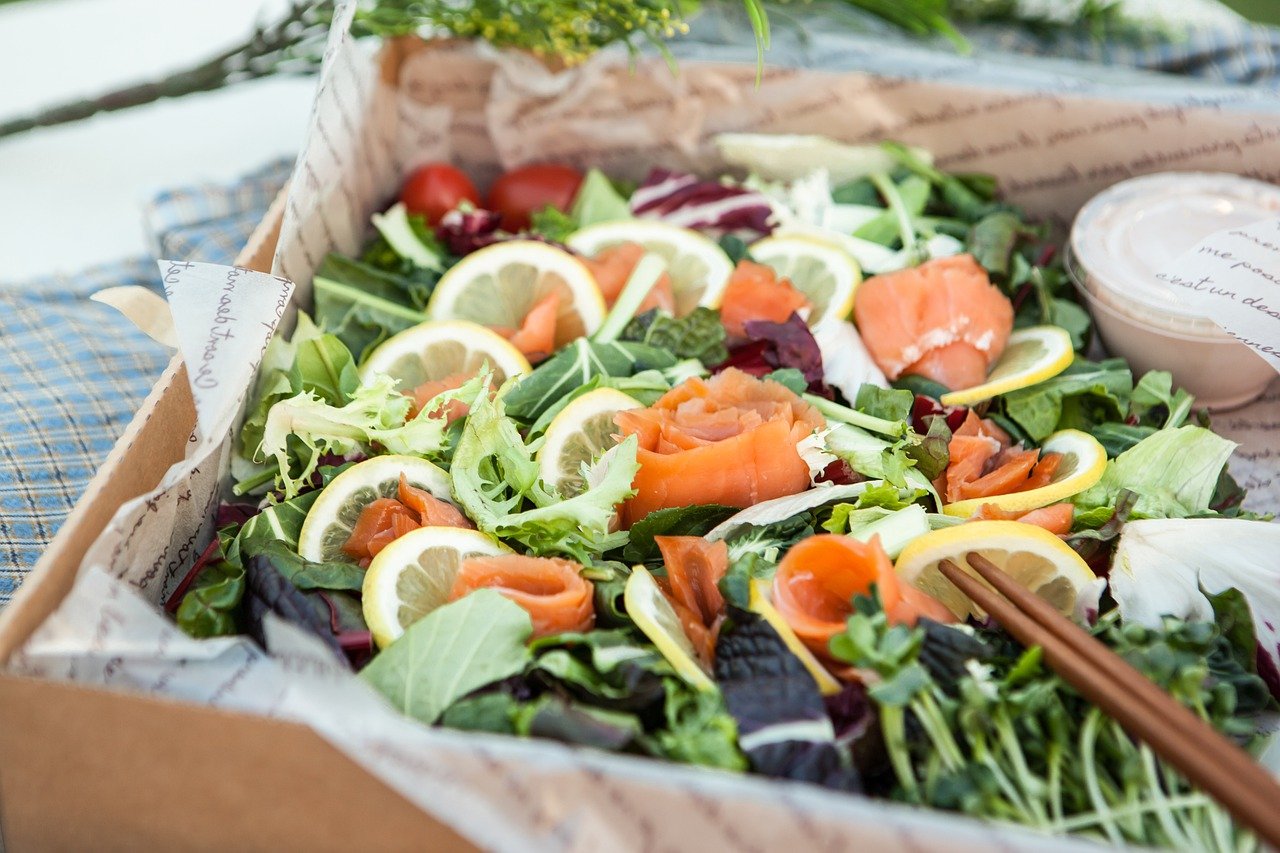
Ingredients Used in Harira Soup
When it comes to creating the flavorful and hearty Moroccan Harira soup, the key lies in the selection of essential ingredients that contribute to its rich and aromatic taste. The traditional recipe for Harira soup typically includes a combination of tomatoes, lentils, chickpeas, aromatic spices, and a variety of fresh herbs such as cilantro and parsley. These ingredients come together to create a harmonious blend of flavors that make Harira soup a beloved staple in Moroccan cuisine.
In addition to the base ingredients, Harira soup can also feature variations that incorporate meat, vegetables, or additional seasonings based on regional preferences or individual tastes. These variations add depth and complexity to the soup, allowing for a customizable experience that caters to different flavor profiles.
One of the key components of Harira soup is the use of aromatic spices like cumin, ginger, cinnamon, and turmeric, which not only enhance the flavor but also contribute to the soup's vibrant color and enticing aroma. The combination of these spices with the earthy richness of the legumes and the freshness of the herbs creates a well-balanced dish that is both comforting and satisfying.
When preparing Harira soup, it is important to pay attention to the quality of the ingredients used, as each component plays a crucial role in shaping the final taste and texture of the dish. Whether you choose to stick to the traditional recipe or experiment with your own variations, the key is to embrace the essence of Moroccan flavors and culinary traditions that have been passed down through generations.

Preparation Methods
When it comes to preparing the flavorful and hearty Moroccan Harira soup, there are several key preparation methods that contribute to its delicious taste and rich texture. One of the essential steps in making Harira soup is soaking and cooking the legumes, such as lentils and chickpeas, to ensure they are tender and fully cooked before adding them to the soup.
Another crucial aspect of preparing Harira soup is creating the flavorful base. This typically involves sautéing onions, garlic, and a blend of aromatic spices like cumin, ginger, and cinnamon to build a complex and fragrant foundation for the soup. The slow cooking process allows the flavors to meld together, resulting in a deeply satisfying dish.
In addition to the base, the use of tomatoes is fundamental in Harira soup, providing a rich and tangy flavor that balances the earthiness of the legumes and spices. Fresh herbs like cilantro and parsley are often added at the end of the cooking process to brighten up the flavors and add a touch of freshness to the dish.
Furthermore, Harira soup can be thickened using a combination of flour and water or by blending a portion of the soup to create a creamy consistency. This step helps to enhance the texture of the soup and give it a velvety mouthfeel that is characteristic of traditional Harira recipes.
Overall, the preparation methods for making Moroccan Harira soup involve a careful balance of flavors, textures, and cooking techniques to create a dish that is both comforting and satisfying. Whether enjoyed as a hearty meal on its own or as a starter to a larger feast, Harira soup is sure to delight your taste buds with its robust and aromatic profile.

Variations of Harira Soup
When it comes to Harira soup, the variations are as diverse as the landscapes of Morocco. Each region and household puts its own unique twist on this beloved dish, making it a truly versatile and customizable soup.
In some parts of Morocco, Harira soup is made with lamb or beef, adding a rich and meaty flavor to the broth. Other variations include the addition of vegetables like carrots, celery, and zucchini, providing extra texture and nutrients to the soup.
For those who prefer a spicier kick, Harira soup can be infused with harissa, a fiery North African chili paste, or cayenne pepper for an extra punch of heat. Some recipes call for the use of preserved lemons, which impart a tangy and citrusy flavor to the soup.
Furthermore, the choice of herbs and spices can vary widely, with some cooks opting for a blend of cumin, paprika, and ginger, while others may include saffron or turmeric for a more exotic touch. The beauty of Harira soup lies in its adaptability to suit different taste preferences and dietary restrictions.
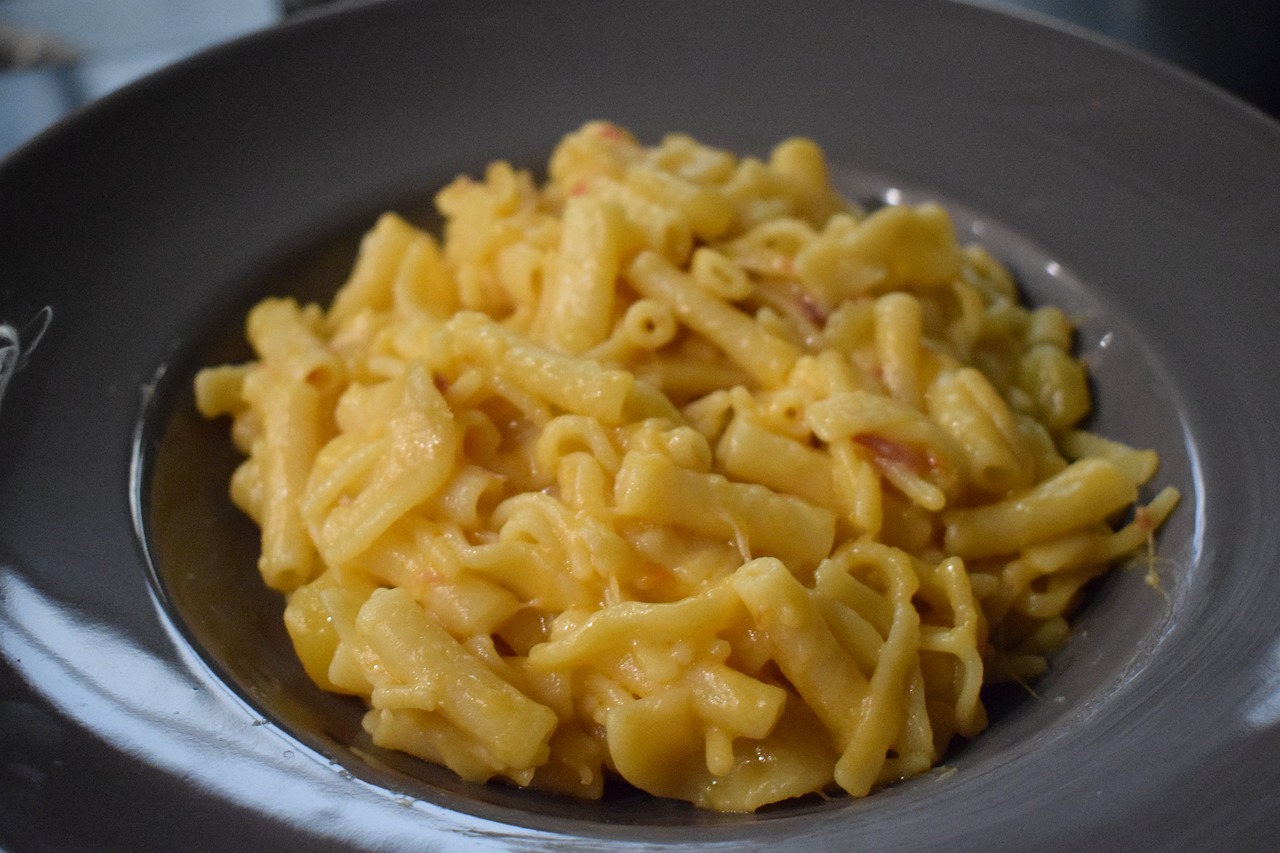
Serving and Enjoying Harira Soup
When it comes to serving and enjoying Harira soup, there are traditional customs and flavors that enhance the overall experience of this Moroccan delight. Picture yourself sitting at a table adorned with vibrant colors and intricate patterns, a steaming bowl of Harira soup placed in front of you, releasing its tantalizing aroma.
The first spoonful of this hearty soup warms your palate with a burst of flavors - the tanginess of tomatoes, the earthiness of lentils and chickpeas, and the fragrant blend of spices dancing on your taste buds. It's a symphony of tastes that harmonize perfectly in each spoonful.
To truly savor Harira soup, it is often accompanied by dates, a traditional sweet treat that balances the savory notes of the soup. Squeezing a lemon wedge over the soup adds a refreshing citrusy zing, brightening up the rich flavors. And let's not forget a side of crusty bread, perfect for dipping and soaking up every last drop of the savory broth.
As you enjoy each spoonful, you can feel the warmth of the soup spreading through you, comforting and nourishing both body and soul. The communal act of sharing a bowl of Harira soup with loved ones creates a sense of togetherness and connection, making every meal a special occasion.
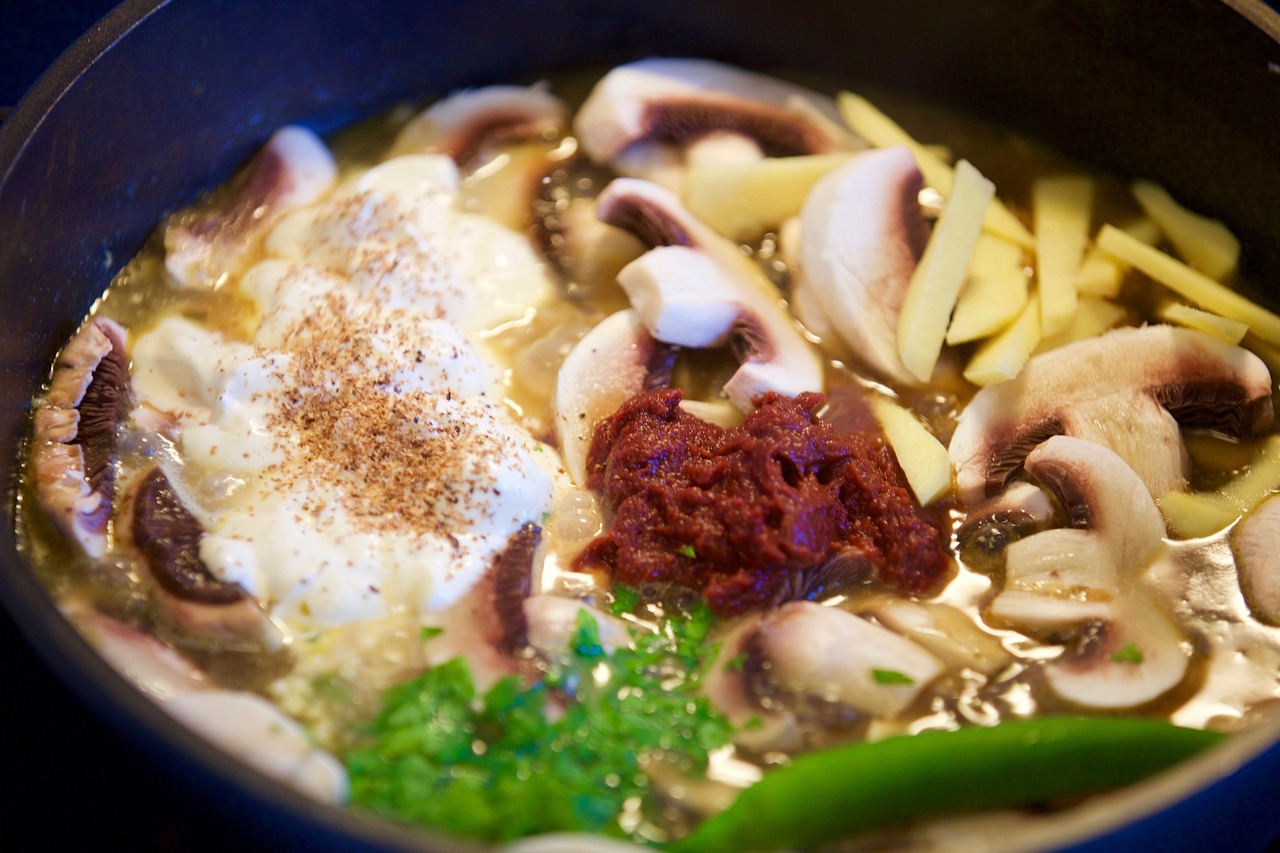
Health Benefits of Harira Soup
When it comes to the health benefits of Harira soup, this traditional Moroccan dish packs a nutritional punch that goes beyond just satisfying your taste buds. Loaded with a variety of wholesome ingredients, Harira soup offers a balanced mix of essential nutrients that contribute to overall well-being.
One of the key health benefits of Harira soup lies in its protein content, thanks to ingredients like lentils and chickpeas. Protein is crucial for muscle repair, growth, and overall body function, making Harira soup a great option for those looking to boost their protein intake in a delicious way.
Additionally, Harira soup is rich in fiber, which plays a vital role in supporting digestion and promoting a feeling of fullness. The fiber content in the soup can help regulate blood sugar levels and improve gut health, making it a wholesome choice for those seeking a balanced diet.
Moreover, the array of vitamins and minerals found in Harira soup, such as vitamin C from tomatoes and various antioxidants from herbs and spices, contribute to a strong immune system and overall health. These nutrients work together to protect the body from oxidative stress and inflammation, keeping you feeling energized and vibrant.
Furthermore, the combination of ingredients in Harira soup provides a good source of complex carbohydrates, which are essential for sustained energy levels throughout the day. Whether enjoyed as a comforting meal or a nourishing snack, Harira soup can help fuel your body and keep you feeling satisfied.
Incorporating Harira soup into your diet can be a flavorful way to reap the health benefits of this traditional Moroccan dish. Whether you savor it for its protein-packed goodness, fiber-rich content, or array of vitamins and minerals, Harira soup stands out as a nutritious and delicious choice for all.
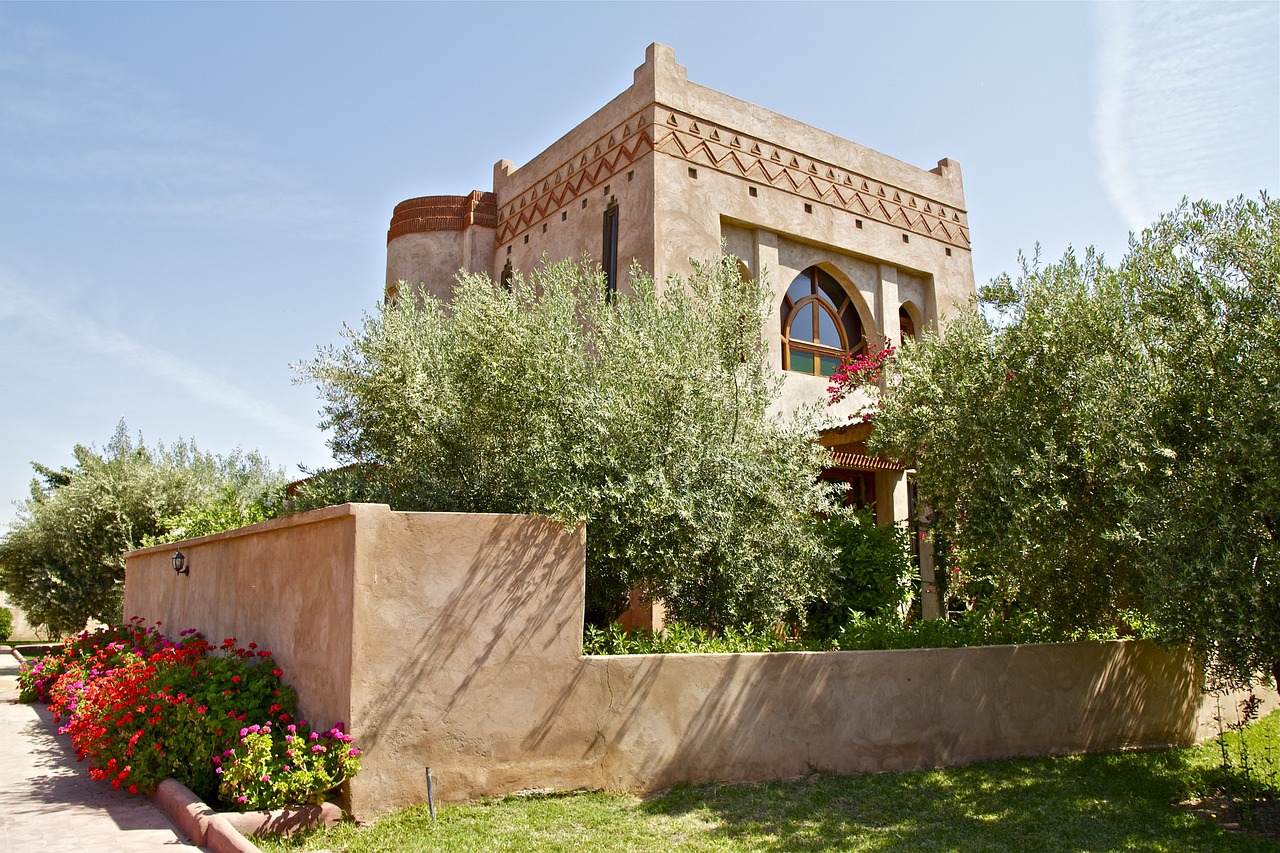
Harira Soup in Moroccan Culture
Harira soup holds a special place in Moroccan culture, serving as more than just a dish but a symbol of tradition and togetherness. In Moroccan households, Harira is not just a meal; it is a celebration of flavors and history. This hearty soup is deeply ingrained in Moroccan culinary heritage, with its roots tracing back generations. Its presence on the dining table signifies warmth, hospitality, and a shared connection to the past.
During the holy month of Ramadan, Harira soup takes on added significance in Moroccan culture. It is the dish that breaks the fast, a comforting and nourishing meal that brings families together after a day of fasting. The rich aroma of simmering Harira fills the air, signaling the start of the evening meal and the time for communal gatherings. It is a time-honored tradition that unites people in prayer, reflection, and feasting.
Moreover, Harira soup is not just a culinary delight but a reflection of the diverse cultural influences that have shaped Moroccan cuisine over the centuries. Its blend of spices, herbs, and ingredients mirrors the country's history of trade and conquest, resulting in a harmonious fusion of flavors. Each spoonful of Harira tells a story of Morocco's past, a tale of resilience, adaptation, and creativity.
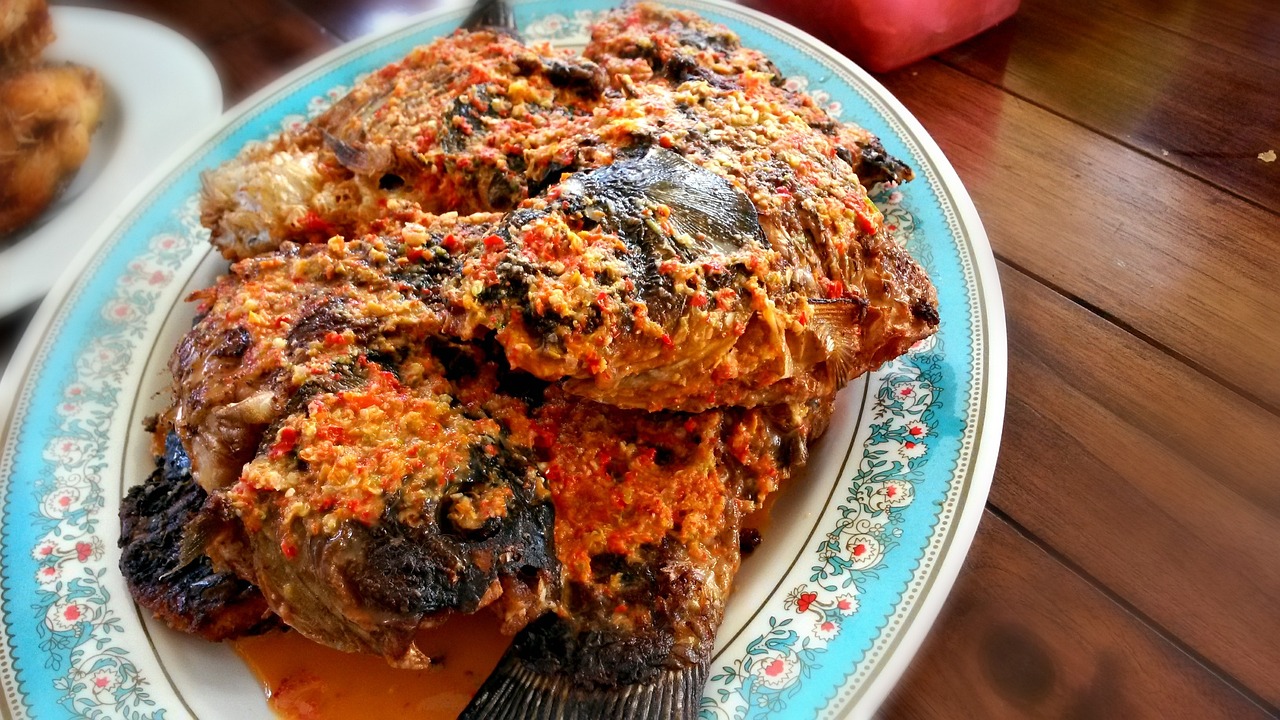
Harira Soup Recipes and Tips
When it comes to preparing the perfect bowl of Moroccan Harira soup, attention to detail is key. Start by gathering all the essential ingredients, including tomatoes, lentils, chickpeas, onions, garlic, and a blend of aromatic spices like cinnamon, ginger, and turmeric. To enhance the flavor profile, consider adding a dash of harissa paste for a spicy kick or a squeeze of fresh lemon juice for a citrusy twist.
For a traditional meat-based Harira soup, opt for lamb or beef, simmered to tender perfection before adding in the rest of the ingredients. Vegetarians can enjoy a hearty vegetable version by incorporating a colorful mix of carrots, celery, and bell peppers for added texture and taste.
One crucial step in making Harira soup is to allow the flavors to meld together by simmering the soup slowly over low heat. This not only intensifies the taste but also ensures that the ingredients are cooked to perfection. Remember to adjust the seasoning as needed and garnish with a generous sprinkle of fresh herbs like cilantro and parsley before serving.
Frequently Asked Questions
- What is the origin of Harira soup?
Harira soup originates from Morocco and holds cultural significance in the country. It is a traditional dish enjoyed during special occasions and everyday meals.
- What are the key ingredients used in Harira soup?
Harira soup typically includes tomatoes, lentils, chickpeas, aromatic spices, and fresh herbs like cilantro and parsley, which give it a distinct and flavorful profile.
- How is Harira soup traditionally served?
Harira soup is traditionally served in Moroccan households with accompaniments such as dates, lemon wedges, and crusty bread. It is a hearty and satisfying meal choice.
- What are the health benefits of consuming Harira soup?
Harira soup is packed with protein, fiber, vitamins, and minerals, making it a nourishing meal option suitable for various dietary preferences. It offers a range of nutritional benefits.
- Are there variations of Harira soup?
Yes, there are regional and personal variations of Harira soup across Morocco. These variations may include the addition of meat, vegetables, or different seasonings to suit individual tastes.

